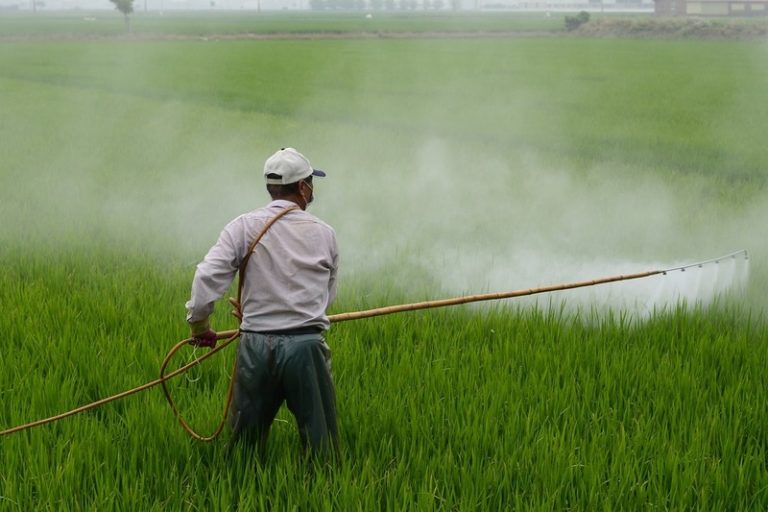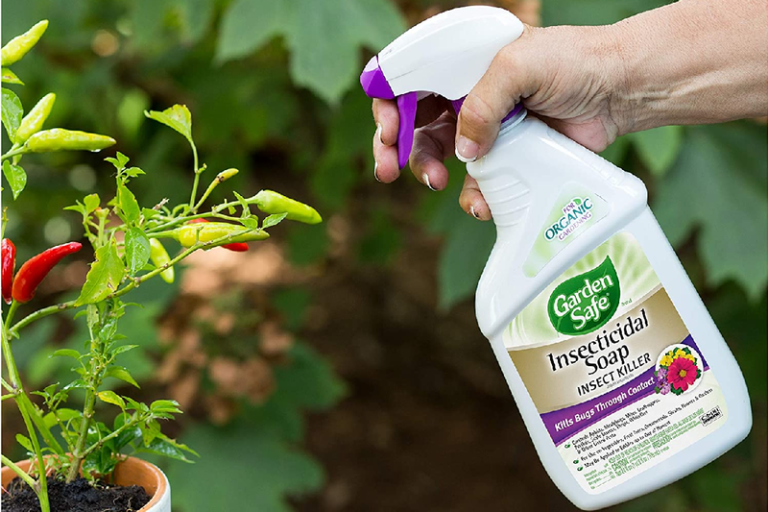Understanding White Grub: Description, Economic Importance and Control Measures
White grub, also known as the larval stage of scarab beetles, is a destructive pest that can cause significant damage to agricultural and horticultural crops.
This article provides an overview of the white grub, its physical characteristics, life cycle, geographic distribution, and habitat preferences. Additionally, this article highlights the economic importance of white grub, the damage it causes to crops, and the relevant control measures for managing white grub infestations.
Introduction
The larvae of different scarab beetles, such as Japanese beetles, June beetles, and chafer beetles, are called “white grubs.”These larvae are common pests that eat the roots of plants and do a lot of damage to crops and lawns.
Understanding white grubs is essential for managing their populations and minimizing the damage they cause to plant health and productivity.
The following sections provide a detailed description of the white grub, including its physical characteristics, life cycle, and habitat preferences. Additionally, the economic importance of white grubs and control measures to manage their populations are discussed.
Description of White Grub
Physical Characteristics of White Grub
White grub larvae are typically C-shaped and have a soft, white body with a brown head and six legs. They have a cream-colored body that is about one inch in length and a dark brown or black head capsule. The larvae have a distinct curved shape, which allows them to move through the soil as they feed on plant roots.

Life Cycle of White Grub
The life cycle of white grubs varies depending on the species, but most have a similar four-stage life cycle consisting of egg, larva, pupa, and adult stages. Adult beetles typically lay their eggs in the soil in mid-summer, and the eggs hatch within two to four weeks.
Once hatched, the larvae begin to feed on plant roots and continue to do so for one to three years, depending on the species. The grub will change into an adult beetle by going through a process called “pupation” in the soil.
Habitat and Distribution of White Grub
White grub is found throughout North America, but different species of scarab beetles have different habitat preferences. For example, Japanese beetles prefer moist soils and are commonly found in lawns and gardens, while June beetles prefer dry, sandy soils and are more common in agricultural fields.
Damage Caused by White Grub
White grub is a pest that eats plant roots and does a lot of damage to both agricultural and horticultural crops.
The larvae can also hurt turf grass, leaving brown spots and making the grass thin. The severity of the damage caused by white grubs varies depending on the species, population density, and health of the plants.
Importance of White Grub in Agriculture and Horticulture
White grub is an important pest in agriculture and horticulture due to the damage it can cause to crops. White grub larvae can hurt crop yields and quality, causing farmers and growers to lose money.
In addition to causing damage to crops, white grub infestations can also damage turfgrass, resulting in costly repairs for homeowners and property managers.
Economic Losses Due to White Grub Infestation
White grub infestations can result in significant economic losses for farmers, growers, and homeowners. In agriculture, white grub infestations can reduce crop yields and quality, resulting in lower profits for farmers.
In horticulture, white grubs can cause damage to trees and bushes, which can be expensive to fix or replace. Infestations of white grubs in turf grass can also cause it to need expensive repairs and reseeding.
Control Measures for White Grub
Cultural Control Measures Controlling white grub populations requires a multi-faceted approach, including cultural, chemical, and biological control measures. Cultural control measures involve changing cultural practices to reduce white grub populations, including:
Crop rotation: Crop rotation involves planting different crops in the same field each year, which can disrupt the life cycle of white grubs and reduce their population.
Soil management: Doing things like tilling and aerating the soil can help break up the life cycle of white grubs and cut down on their numbers.
Plant choice: Planting crops that are resistant to white grubs can help lessen the damage they cause.
Timing of planting and harvesting: Planting crops early and harvesting them before the white grub larvae reach maturity can help lessen the damage the white grub causes.
Chemical Control Measures
Chemical control measures involve using insecticides and other treatments to reduce white grub populations. These measures are typically used in conjunction with cultural control measures and should be used sparingly and carefully to minimize their impact on the environment.
Common chemical control measures for white grub include:
Insecticides: Insecticides are commonly used to control white grub populations, and there are several different types available, including neonicotinoids, organophosphates, and carbamates.
Nematodes: Useful nematodes can be put in the soil to kill white grub larvae by infecting them.
Biological Control Measures
Biological control measures involve using natural predators to control white grub populations. These measures are typically used in conjunction with cultural and chemical control measures and can be an effective way to reduce white grub populations without using chemicals.
Common biological control measures for white grub include:
Birds: Certain bird species, such as crows and starlings, feed on white grub larvae and can help control their populations.
Beneficial insects: Ground beetles and parasitic wasps are examples of beneficial insects that can be put in the soil to help control white grub populations.
Conclusion
In conclusion, the white grub is a pest that can do a lot of damage to agricultural and garden crops. To control the number of white grubs and limit the damage they do to plant health and productivity, it is important to know how they live and grow.
A multi-faceted approach, including cultural, chemical, and biological control measures, is necessary to effectively control white grub populations.
Integrated pest management, which involves combining several different control measures, is the most effective way to manage white grub infestations and minimize economic losses.
Future research on white grub and its control measures is necessary to continue improving pest management practices and reduce the impact of white grub on agriculture and horticulture industries.
Also Read:






